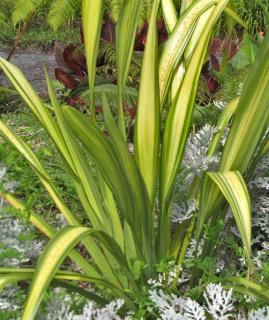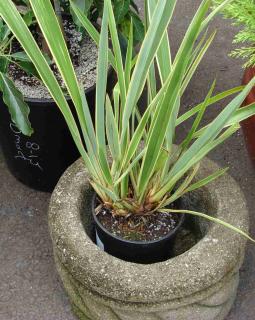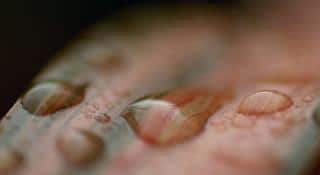

Phormium is a superb plant with a colorful, abundant and very ornamental clump.
Key facts to remember
Name – Phormium
Family – Agavaceae
Type – perennial
Height – 6 ½ feet (2 meters)
Exposure – full sun
Soil – well-drained
foliage – evergreen Flowering : summer
Ideal in a pot on a deck or terrace, it’s also wonderful planted in a sunny garden.
 Phormium should be planted ideally in spring in a spot with full sun exposure and in well-draining soil.
Phormium should be planted ideally in spring in a spot with full sun exposure and in well-draining soil.
Its low hardiness means it will have trouble surviving through cold temperatures (21°F or -6°C). If winter gets any colder, then grow it in a pot and bring it indoors for shelter.
 Growing phormium in a pot is fully suited to the plant, on the condition that you water when the soil dries out.
Growing phormium in a pot is fully suited to the plant, on the condition that you water when the soil dries out.
Multiply phormium easily through clump division after the blooming in fall.
Sowing seeds is also feasible, but more difficult to succeed in.
Once the blooming has subsided, remove floral scapes from the phormium, cutting them as short as you can reach.
Mineral mulch truly highlights the colors of this surprising perennial.
 Phormium requires watering when the soil has fully dried out, especially when growing in a container.
Phormium requires watering when the soil has fully dried out, especially when growing in a container.
In the ground, water abundantly when the weather is hot, especially during the 2 first years.
Potted phormium:
Watering for potted phormium must be much more regular than if it’s planted in the ground. If many phormium leaves dry out at once, it’s certainly the sign that it doesn’t get enough water.
A clump of magnificent colors is what phormium brings to your landscaping. This beautiful, bushy perennial adapts particularly well to container growing, simply perfect for your deck or balcony, especially if winter is cold.
Its foliage takes on different hues depending on the variety: purple, bronze, green and sometimes striped. It’s a very trendy plant at the moment, that does great in traditional gardens, zen gardens and also modern designer landscaping.
Another name for this plant is New Zealand flax, which answers the question as to where it is native to. It’s often found in shrubbery and in marshes across the country.
New Zealand flax has been used, even until now, by the Māori peoples for many things, from clothes to basket-weaving. Even the roots have a purpose: they’re good to disinfect wounds.
Select different varieties of this plant to grow together in the same flower bed: you’ll be surprised at how much more appealing this will look!